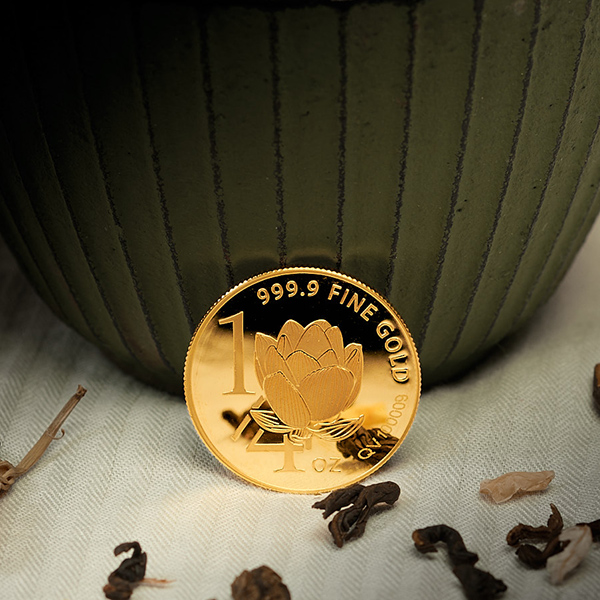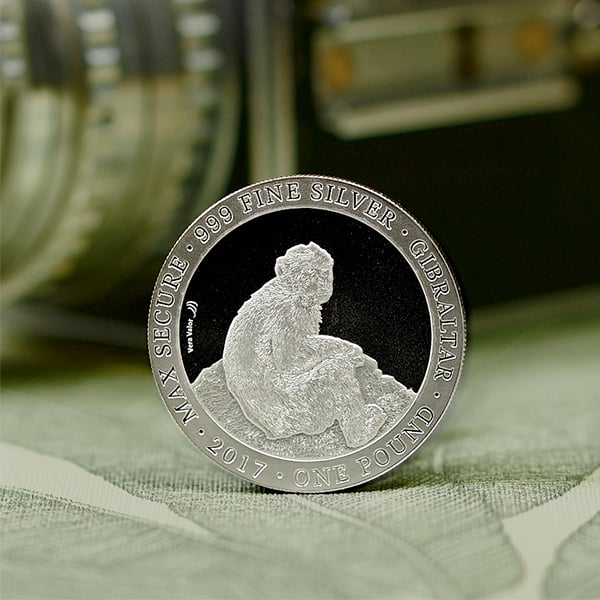Gold

The history of humanity is intimately linked with the history of gold. Discovered over 6,000 years ago by the Egyptians, gold has always been a source of fascination and wonder to civilisations and has contributed to their growth. Used to embellish the most beautiful palaces, subjected to the elements and the ravages of time.
Gold doesn't tarnish and is immutable.
The Inca civilization gave it the nickname "sun sweat". It shines with the light of a thousand flames and casts its powerful glow. Its timeless value, both material and emotional, has been universally recognised for millennia.
The gift of gold is the gift of a piece of our humanity.
Discover our creations
Characteristics of gold
- Chemical symbol: Au
- Atomic number: 79
- Hardness: 2.5 on the Mohs scale
- Natural colour: metallic yellow
Silver

Silver is one of the first metals to be discovered. It was discovered during the first Egyptian dynasty, around 3500 BCE. As was the case with gold, many civilisations such as the Egyptians, the Greeks and the Spanish valued it greatly.
Its rarity, pure white colour and immutability meant that it was used for currency throughout antiquity and it was valued more highly than gold.
The history of silver owes itself to a process linked to alchemy: cupellation, a chemical process that separates the different constituents of a product via oxidation. This process enables precious metals to be isolated for the manufacture of products that are still being passed down through the generations today.
Although nowadays, it's considered to be a less prestigious metal, silver is very useful in many different applications. Silverware and coin-making are the most widespread, but it's also an essential component in jewellery, photography, music and also in cutting-edge industries, such as electronics and medicine.
Discover our creations
Characteristics of silver
- Chemical symbol: Ag
- Atomic number: 47
- Hardness: 2.5 on the Mohs scale
- Natural colour: metallic white
The origins of currency

Whilst their original purpose was purely aesthetic and decorative, gold and silver subsequently became currency. Their beauty and rarity, as well as their unique physical properties, meant that they were perfectly suited for use in commercial trading. Evidence of the use of gold and silver as a basis for trading dates way back in history to around 4000 BCE.
A replacement for bartering goods and services, currency started to take off at the time of the great Greek and Roman empires. Until the 19th century, currency functioned as a convenient countervalue, easily tradable due to its small size, allowing you to buy a horse with the few gold coins you have in your pocket!
Gold and silver are the foundation of the monetary system that made worldwide trade a possibility.
The monetary system was bimetallic at the beginning, with convertible currency in gold and silver. Then, with the growth in international trade, the gold standard was established. If you wanted to trade with other countries, you needed to be able to exchange your national currency with the local currency, i.e. the means of payment that was accepted in the country with which you wished to trade. The gold standard therefore enabled banknotes to be exchanged for gold at the bank.
Currency tells the passionate story of empires and humans. It tells our story.
Metals used by Vera Valor
With an awareness of the environmental and social challenges around mining precious metals, Vera Valor applies rigorous controls to the origins of the metal used in the manufacture of its products.
By selecting world-renowned coin-making partners who are certified by the London Bullion Market Association – LBMA – we have chosen to make our production process as transparent as possible. LBMA accreditation applies very strict audit requirements to ensure that manufacture complies with human rights and environmental standards through the "Global Precious Metals Code".


